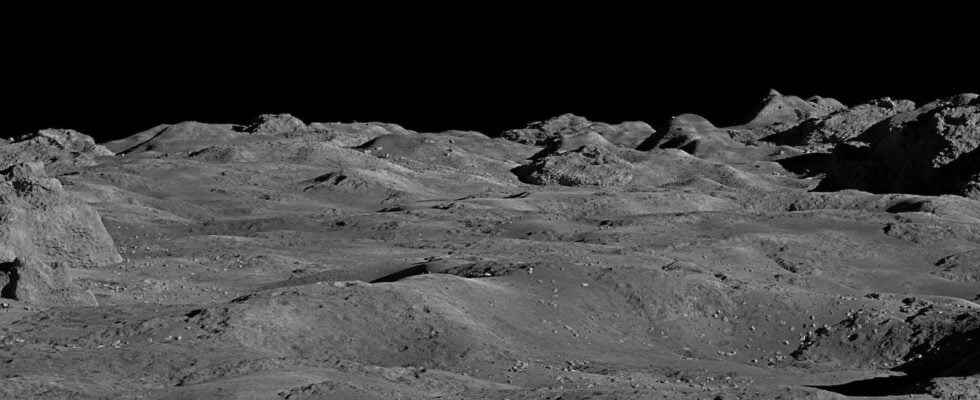While the presence of water on the Moon had already been confirmed by orbital observations and analysis of samples, a measurement in situ is now added to the list of evidence. It will remain to specify the exact nature and the origin of this water.
You will also be interested
[EN VIDÉO] Chang’e 5’s landing on the moon The Chinese Space Agency invites us to relive the landing of Chang’e 5 on the visible face of the Moon on December 1, 2020. The lander landed in the Ocean of Storms for an express sample collection mission . This is the first time in more than 40 years that lunar rocks have been brought back to Earth.
There is water on the moon. There are few who still doubt it today as the observations orbitals and the analyzes of samples seem to provide proof of this. At the end of 2020, the Nasa even confirmed the presence of molecules of water (H20) on the surface of our satellite. Yet no measure in situ had never yet been possible. But we must speak in the past because it is now done. Thanks to the’Chinese lander Chang’e 5.
In December 2020, it was posed on the moon, north of the ocean of Storms. On one of the basalts the youngest – the site is still some two billion years old – from our satellite. With the main objective of taking samples and bringing them back to Earth. But before that, he had time to point his lunar mineralogical spectrometer (LMS) at the surrounding regolith.
Valuable results, but to be specified
It is this instrument which made it possible to determine the water content of the rocks located in the field of vision of the lander. Using spectral reflectance measurements, the researchers were able to calculate that in some areas regolith can contain up to 120 parts per million (ppm) water – as hydroxyl (OH) or water molecules. While a rock that they also analyzed, it contained slightly more. Nearly 180 ppm.
China’s lunar probe, Chang’e-5 lunar lander, detects in-situ moon surface water, lending new evidence to the dryness of satellite & as investigation of lunar water reserves to the building of manned lunar stations in the next decades. pic.twitter.com/gImxtq2NeX
– Ambassador Deng Xijun (@ China2ASEAN) January 9, 2022
The researchers explain that thehydrogen necessary for the formation of water could be brought there by the solar wind. The rock, it could well come from a unit basaltic older and being thrown there. Its relatively high water content suggests a source hidden below the surface. And if the analyzes do not make it possible to discriminate OH and H2O, they remain consistent with the preliminary analyzes of the samples reported by Chang’e 5.
Interested in what you just read?
.
fs3
